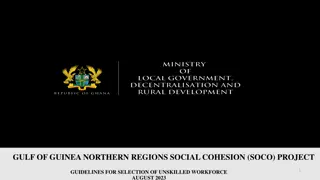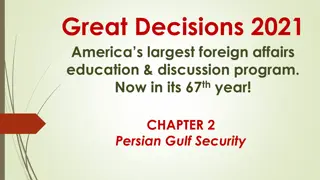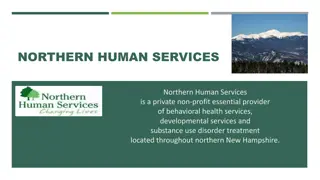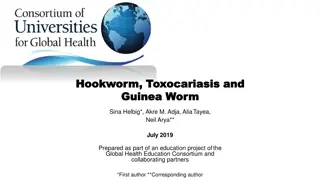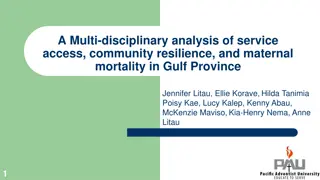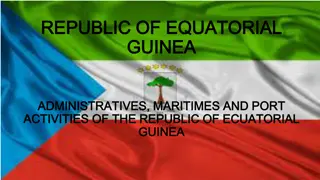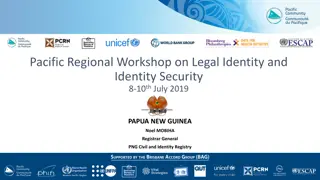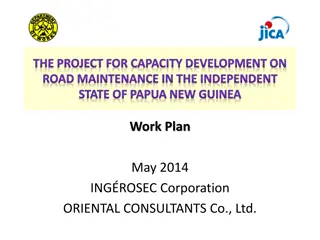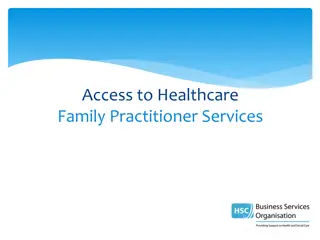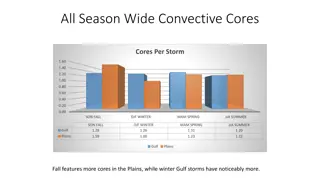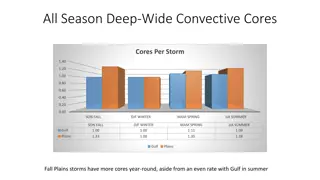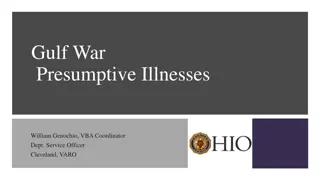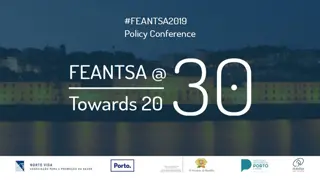Community Project Implementation Structures in Gulf of Guinea Northern Regions
The Gulf of Guinea Northern Regions Social Cohesion (SOCO) Project involves the selection and role of community facilitators and Community Project Implementation Committees (CPICs) to facilitate project implementation in clusters of communities. Various committees and structures at national, regional, and local levels are established to coordinate and support the project activities, ensuring strategic oversight, technical support, and alignment with sectoral goals. The implementation structures aim to involve community representatives, women, youth, marginalized groups, and leadership in the project implementation process.
Download Presentation

Please find below an Image/Link to download the presentation.
The content on the website is provided AS IS for your information and personal use only. It may not be sold, licensed, or shared on other websites without obtaining consent from the author. Download presentation by click this link. If you encounter any issues during the download, it is possible that the publisher has removed the file from their server.
E N D
Presentation Transcript
Gulf of Guinea Northern Regions Social Cohesion (SOCO) Project SELECTION AND ROLE OF COMMUNITY FACILITATORS AND COMMUNITY PROJECT IMPLEMENTATION COMMITTEES
SUBPROJECT IMPLEMENTATION STRUCTURES Cluster of communities to implement subprojects, with each MMDA creating between three (3) to four (4) clusters ---this is confusing----delete Total of eight (8) to twelve (12) neighbouring communities per cluster comment (this was revised in the PIM refer and review) Community Project Implementation Committees (CPICs) to be formed from inception in each cluster of communities to facilitate all aspects of project implementation
SUBPROJECT IMPLEMENTATION STRUCTURES Formed under Project: Committee for Regional Coordination (CRC) Multi-country Regional Level with rotating chair among the four participating countries, includes head of each national PIU Coordinate project activities and C3 RCP activities Existing Govt Structures: Project Oversight Committee (POC) Chaired by Minister of MLGDRD Provide strategic project oversight /guidance and approve annual plans budgets/reports Ministry of Local Government, Decentralisation and Rural Development (MLGDRD) - Local Governance and Decentralisation Directorate Lead Implementing Agency National PIU National Level Technical support National Technical Committee (NTC) Chaired by Chief Director of MLGDRD Provide technical support and sectoral alignment Regional Level Regional Coordinating Councils (RCCs) Regional Planning Coordinating Units (RPCUs) Support planning, monitoring and synergies at regional level ~ 3 Zonal Coordinating Offices* ~ 3 Satellite Offices* Metropolitan, Municipal and District Assemblies (MMDAs) Overall responsible for implementation, and monitoring of project activities at local level (including FM/PR, validating/approving four-year District Medium Term Development Plans, and Annual Action Plans and budgets) District Planning Coordinating Units (DPCUs) DPCUs to co-opt members for project purpose as needed District Level . Subdistrict level Urban/ Zonal/ Town/ Area Councils Community Project Implementation Committees (CPICs)* Include community representatives, women, youth, representatives of marginalized groups, community facilitators and leadership of UZTACS Unit Committees
COMPOSITION OF CPICs The MMDA, with the facilitation of the CFs, through consultations, will assist the DAs in the formation of the CPICs per the steps below; Each community in the cluster will select two (2) community representatives (at least one female and one of whom will be a youth, i.e., aged from 18-35 years old). Select additional representatives (not exceeding four persons) from vulnerable groups (e.g. pastoralists, persons with disability, etc.) within the Cluster who may not be already represented. CFs will serve as ex-officio members of the CPIC without voting rights. The Chairman and Secretary of the beneficiary UZTACs and Assembly Member(s) within the cluster will be invited to participate in CPIC meetings as advisors.
SELECTION OF COMMUNITY REPRESENTATIVES TO CPIC The two community representatives to the CPIC will be selected using the steps below; Each community will hold a meeting to explain the roles of CPIC members to the entire community. State and explain the criteria for selecting the two (2) representatives: - have demonstrated ability to mobilise the community and vulnerable groups. - have integrity, be honest and trustworthy. - not be partisan and does not hold any political position. - be able to commit time to participate in the meetings and trainings. - be prepared to serve as a volunteer since there will be no remuneration except transportation allowance for stipulated official assignments, including meetings. Once selected, the names of the two (2) representatives will be submitted to the MMDA for validation.
TENURE OF THE CPICs The CPICs will have the mandate below; The CPIC at its first meeting will elect a Chairperson, Secretary and Organiser (at least one of whom should be a female) upon formation. The CPIC will meet quarterly to discuss project implementation- related issues. Other meetings may be held, as approved by the DA and ZCO. CPIC shall meet a maximum of six (6) times in a year. The CPIC membership shall serve a term of 2 years with the possibility of being re-elected to serve for another term.
WHO ARE THE COMMUNITY FACILITATORS? Two (2) CFs are recruited per cluster; one (1) for infrastructure subproject and the other for LED and social cohesion activities Will be equipped with motorbikes to ease their movements to communities within the clusters Clusters are a collection of neighbouring communities Will be provided with tablets to help with data collection activities
CRITERIA FOR SELECTION OF CFs 1. Must be between 25 and 55 years. 2. Must have at least secondary school education. 3. Have community mobilisation skills and willingness to serve the community. 4. Have knowledge and awareness of the various groups that exist in the cluster and the local dynamics/social context. 5. Must reside within/near the cluster of communities. 6. Proficient in the use of digital tools. 7. Have experience with managing or participating in community development.
CRITERIA FOR SELECTION OF CFs 8. Have integrity, be honest and trustworthy. 9. Must not be involved in any conflict, community-level disputes, violence, and criminal activity. 10. Must not be partisan and do not hold a political position. 11. Can speak the local languages in the cluster. 12. Proficiency in data collection and reporting would be an advantage.
ROLES AND RESPONSIBILITIES OF CFs The Community Facilitators will perform these general roles and responsibilities:
ROLES AND RESPONSIBILITIES OF CFs In addition to the general roles and responsibilities, the CFs focusing on infrastructure will be responsible for the following:
ROLES AND RESPONSIBILITIES OF CFs The Community Facilitators focusing on non-infrastructure investments will have these additional responsibilities:
THANK YOU 14


